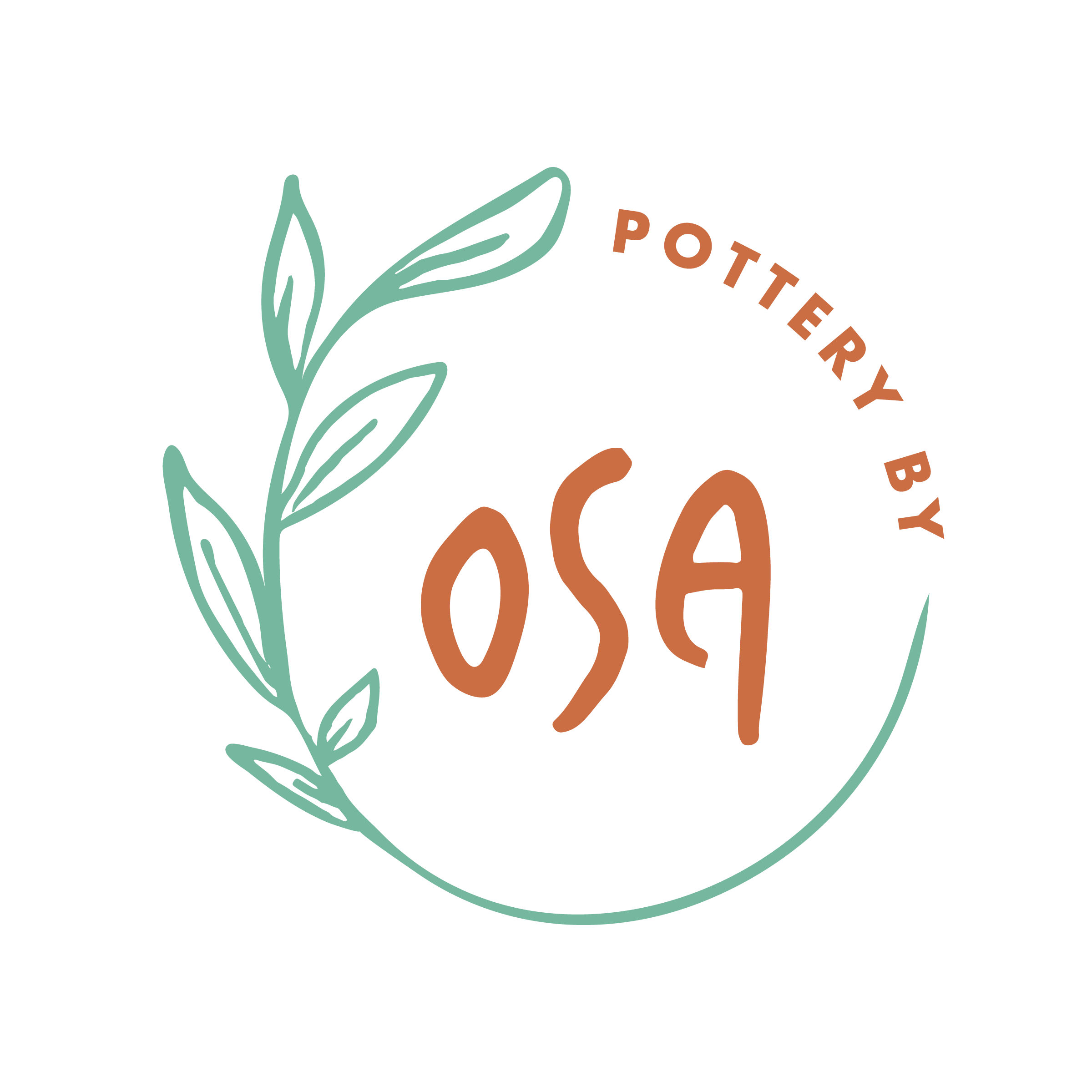This winter, I started experimenting with olla gardening. We're in zone 10 down here in Sarasota, so you can grow all kinds of veggies, including tomatoes, throughout the colder months. I started out by using some low-fired earthenware pots I already had around and when they seemed to be working well, I began making proper ones, just for the purpose of gardening. I love their sturdy simplicity and clever functionality. I've come up with three designs so far, two for the garden and one for houseplants, that I've decided to make available to my collectors.
Purchase ollas here

An olla (pronounced oy-ya) is an unglazed terracotta pot used for efficient, water-saving irrigation. Ollas are fired to lower temperatures so that they remain porous. Buried in the soil with the neck exposed, the pot slowly releases water directly to plant roots, reducing evaporation and waste. This simple yet ingenious method has been used for millennia to nurture crops in arid climates, making it a cornerstone of sustainable gardening and permaculture practices.
Ollas trace their roots back over 4,000 years, with origins in ancient China and North Africa.
They were later adopted by Indigenous communities in the Americas and remain a testament to the wisdom of traditional agricultural practices. Today, ollas are celebrated by modern gardeners for their ability to conserve water and promote healthier plants. You can save up to 70% on water usage compared to surface watering with a hose, with the water being channeled directly to plant roots, encouraging deeper root growth. For maximum water conservation, we fill our ollas with rainwater and mulch our garden beds to further reduce water loss through evaporation.
Save Water and Time
They work wonderfully in both garden beds and containers alike. Simply bury the olla and encircle with plants. The irrigation span depends on soil temperature, climate, the size of your olla, etc. However, generally, plants are placed a 6-9" radius around the pot. This means that if you're using multiple ollas, they should be placed at least 18" apart. I've included some photos of olla installations within the product listings.
Frequency of refilling also depends on a number of factors. You'll need to refill more frequently as the temperature rises and plants become more mature. I've gone about two weeks between refilling my 1.5L ollas in temperate weather.


 During the pandemic, when we had more time to baby our plants, we had beautiful bunches of bananas (actually plantains). The photo below is from 2021. Since then, we've neglected our plantains and they haven't been producing. I made this large, coil built olla as an easy way to keep them better hydrated. Banana plants are big drinkers, so ollas are a great solution because I'll save a lot of water over surface watering with a hose. I hope to post an update in a few months letting you know how this experiment worked out.
During the pandemic, when we had more time to baby our plants, we had beautiful bunches of bananas (actually plantains). The photo below is from 2021. Since then, we've neglected our plantains and they haven't been producing. I made this large, coil built olla as an easy way to keep them better hydrated. Banana plants are big drinkers, so ollas are a great solution because I'll save a lot of water over surface watering with a hose. I hope to post an update in a few months letting you know how this experiment worked out.